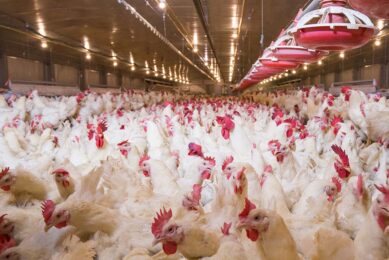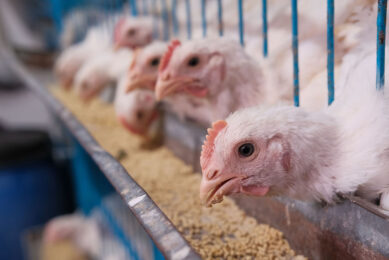Energy crunch hurting European poultry farmers
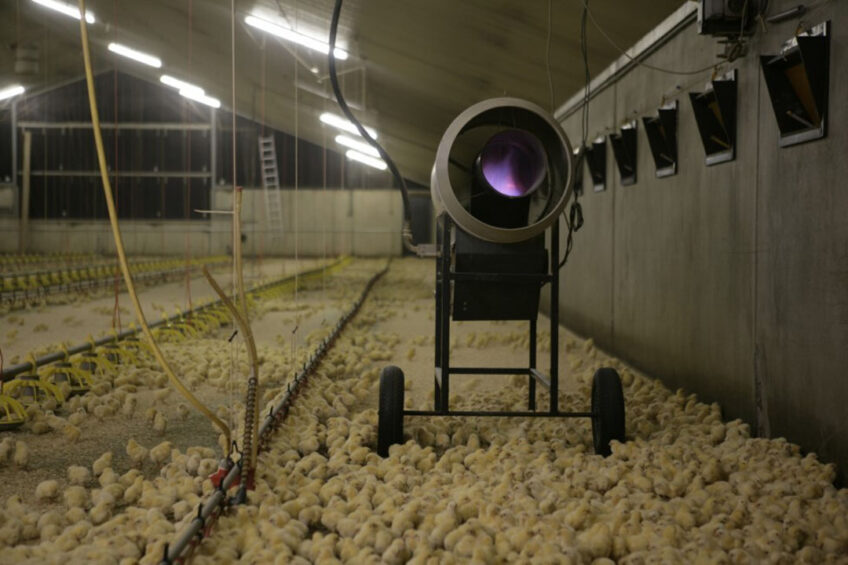
Skyrocketing energy prices have severely hit poultry farmers across the European Union, putting pressure on profitability and sometimes even jeopardising operations. With the heating season underway, the worries grow.
With the recent sabotage of the Russia to Europe Nord Stream gas pipeline, the price of natural gas has exploded. In the run up to this event, European natural gas prices had already risen nearly 8-fold this year, primarily driven by fears that Russia could further restrict or even stop gas supplies in retaliation for military assistance to Ukraine.
Over the past few months, the Russian state gas monopoly Gazprom had already stopped natural gas exports to several European states, such as Bulgaria, Finland, Poland, Denmark and the Netherlands, for not complying with its rouble payment requirements.
Russia used to account for 40% of European natural gas imports. Dependence on Russian gas varies across Europe. Eurostat estimates that in 2021, Bosnia and Herzegovina, Moldova and North Macedonia received 100% of their natural gas supplies from Russia. Almost every country in Eastern Europe used to rely heavily on Russian imports. In 2021, Latvia sourced 92% of its natural gas from Russia, Serbia 89%, Bulgaria 79%, Slovakia 68%, Hungary 61%, Slovenia 60% and Poland 50%.
The difference is striking compared to Western Europe. In this part of the region, Eurostat reports that Germany has the highest dependence on Russian natural gas imports at around 50%, followed by Italy (38%), France (15%) and Belgium (14%). The degree of dependence on Russian natural gas is essential since the current crisis could be about not just the soaring prices; the very availability of natural gas could be at risk. With the Nord Stream 1 and 2 pipelines out of action, those who relied heavily on Russian energy imports are the most vulnerable.
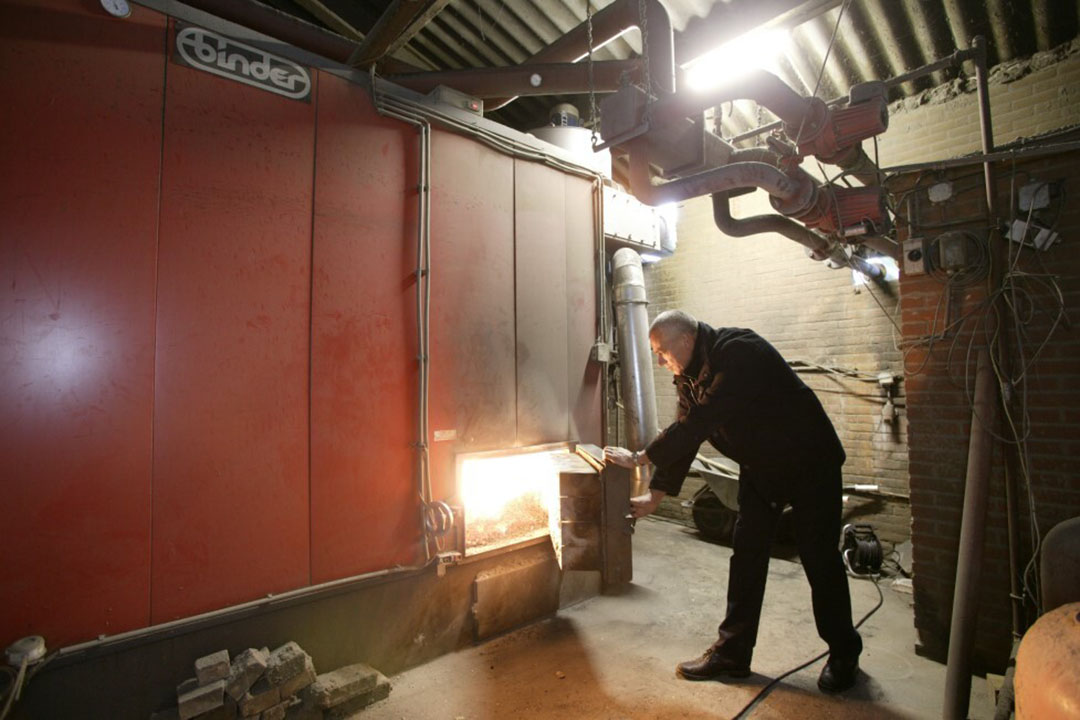
Concerns across the board
Concerns over possible production disruptions in the poultry industry are being voiced by farmers and analysts all over Europe. “Our entire industry is massively affected by the increased energy and raw material costs. If there are bottlenecks in the energy supply, our farms along the entire value chain will no longer be able to supply the population with sufficient poultry meat, or only to a very limited extent,” notes Michael Steinhauser, head of communications at the German Poultry Association.
“Recent data from the UK reported a 250% increase in the wholesale cost of gas from suppliers since the start of 2021,” says Joel Estevinho, European Poultry technical manager, adding that the figures from other European countries will not differ much. “Several countries have already seen a decrease in chick placements in recent months in reaction to uncertainty about the evolution of production costs and product demand,” he says.
In early September, the Polish National Chamber of Poultry and Feed Producers also warned that skyrocketing energy prices are discouraging farmers from producing eggs. Mariusz Szymyślik, a senior poultry and feed analyst at the Chamber, warned of a massive slump in the laying hen population in Poland by the end of 2022, citing an abnormally lower number of day-old chicks produced in the past few months. He assumes that this could eventually lead to a shortage of eggs on the Polish market.
“Our breeders are already signalling that production may be suspended in the winter. This applies to both hatcheries and farms producing eggs, as well as broilers,” warns Anna Zubków, a spokesperson at the Polish Association of Poultry Breeders.
In the Czech Republic, the average price of energy for poultry farms has jumped by 250% since the beginning of 2022, as reported by Gabriela Dlouhá, chair of the board of the Czech-Moravian Poultry Union. In the current situation, energy suppliers are refraining from signing long-term contracts with poultry farmers. This adds to the uncertainty and further disheartens poultry farmers.
“Broiler farms have received extraordinary support, for which we thank the Ministry of Agriculture. However, with the onset of winter, the question is how many breeders will cease operating,” says Dlouhá. A survey conducted by the Czech-Moravian Poultry Union showed that 52% of poultry farmers were planning to downsize production, and 6% to shut down operations in the next few months.
The energy crisis is not the only challenge European poultry farmers are facing. Since the beginning of the Ukrainian crisis, the industry has had to battle rising feedstuff prices, while problems with other raw materials have also recently been seen. Steinhauser, in particular, notes that in addition to the high-cost burdens in the energy sector, German poultry farmers have also had to contend with bottlenecks in the availability of CO2 for the anesthetisation of animals ready for slaughter and iron chloride for the preliminary treatment of wastewater in the slaughterhouses.
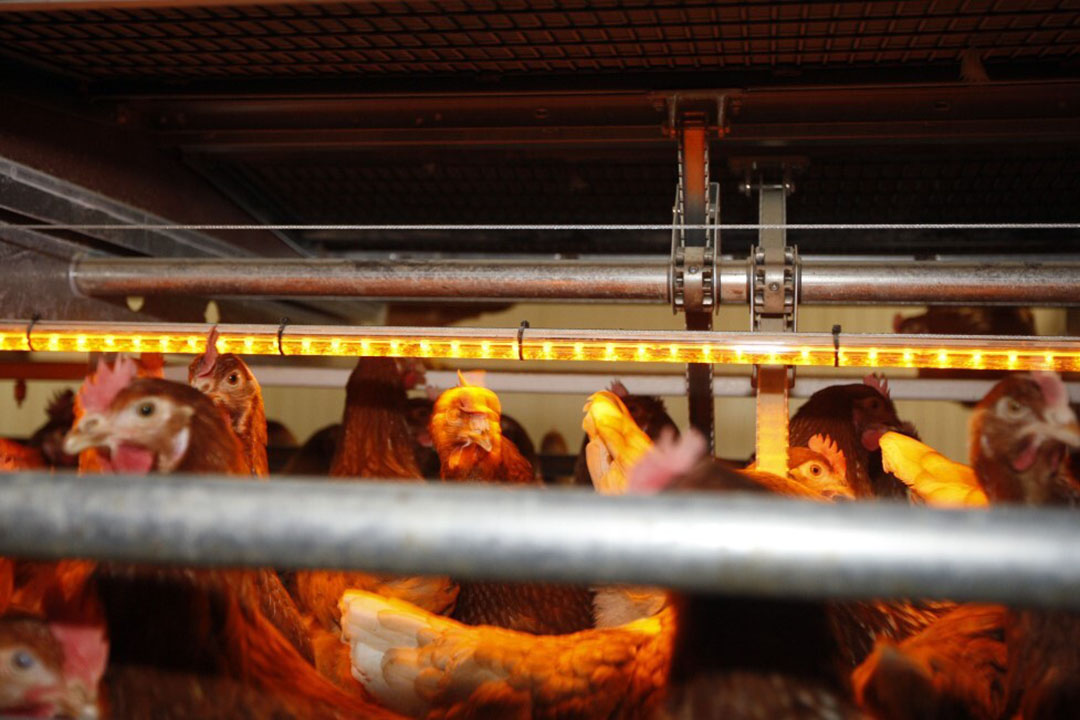
Seeking a solution
Estevinho adds that heating systems for broiler houses often use gas as a source of energy, and it was hard to assess how quickly an alternative system could be installed, as well as what costs this step would incur. Currently, not just costs but also the availability of energy are vital questions for the entire value chain to which there are now no simple answers, says Steinhauser, adding that the framework conditions would remain extremely volatile for the foreseeable future.
The German poultry industry is doing its best to ensure that poultry and eggs are produced in sufficient quantities, including by employing some alternative power generation solutions.
“As a contribution to sustainable energy production, many farms already use the waste heat from biogas plants or heat with residual wood from forest use. The topic of heat recovery is also gaining momentum. We are currently examining all conceivable options for significantly reducing dependence on gas. Companies along the value chain are doing everything they can to reduce energy consumption further because it is about the food security of the people in Germany,” says Steinhauser.
Reports about poultry farmers turning to energy-saving options are common these days. Pivka Poultry, the second largest broiler meat producer in Slovenia, recently reported that it has encouraged its partner breeders to switch to energy-saving technologies. The company even expressed its readiness to co-finance such ventures. Although, the company admitted that some breeders have already given up on their business.
For some poultry farmers, energy-saving solutions have already proven their value. Ignaczak Poultry Farm, located in Warmian-Masurian Voivodeship, Poland, has managed to achieve a 60% reduction in energy consumption thanks to modernising the lighting. The company switched from fluorescent lamps to LED. As a result, the energy consumption for illumination dropped from 11,340 kWh per year to 3,780 kWh per year.
Darius Gudačiauskas, director of the Lithuanian poultry companies Vilnius Poultry and Kaišiadorių Poultry, reported in August that further to a sharp rise in gas bills, his farms were considering switching to LNG and building a bioplant. The energy crunch is expected to spur the demand for solar energy from European poultry and livestock farms.
Ireneusz Kulka from EDP Energia Polska says that businesses are looking for the largest possible installations to provide them with greater energy independence. “So far, we have seen a boom in the retail client segment but not much has happened yet in the business client segment, given the scale of the possibilities. Poland is now entering a period in which photovoltaics will begin to develop in large industrial installations, measured on the scale of 100-200 kW or 1-2 MW. All this is ahead of us,” Kulka says.
“Politicians have also been called upon to initiate suitable support mechanisms in close cooperation with the economic stakeholders. Food security is a national concern in which systemically important sectors like ours should not be overlooked. Otherwise, not only is the supply situation in Germany at risk, but so is the future viability of Germany with all its animal welfare advances and controlled production,” says Steinhauser.
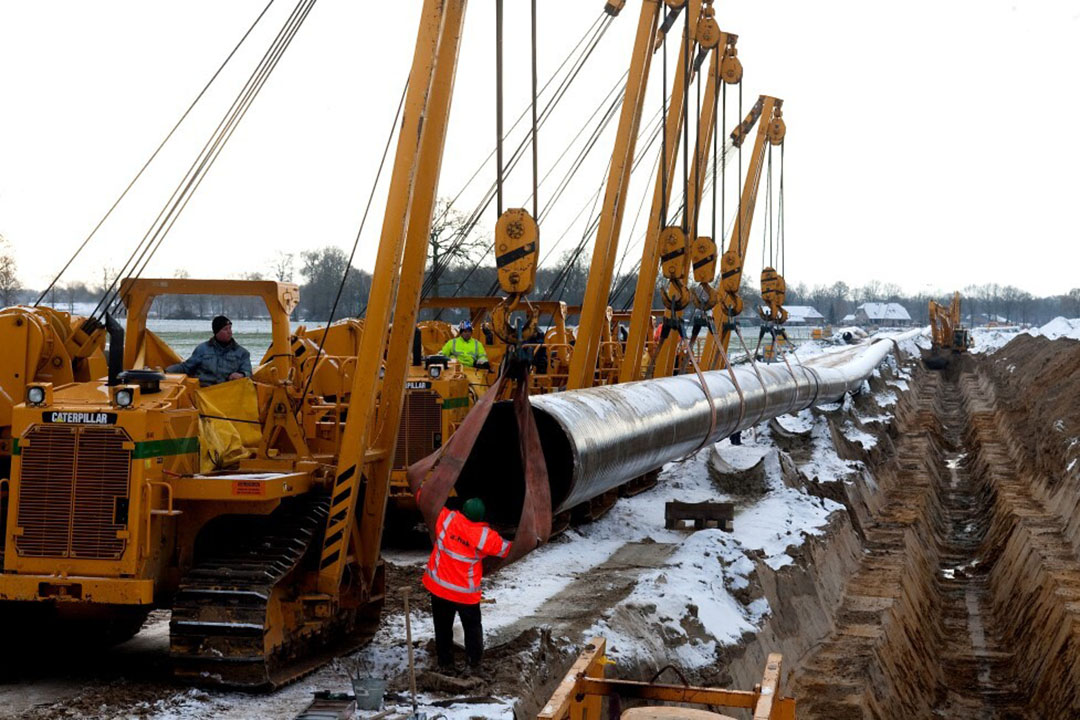
Not like anything seen before
European poultry farmers have also expressed fears that the current crisis is more unpredictable than anything they have encountered so far. “I believe nobody can provide a reliable estimate of how long the price of gas and fuel, in general, will remain at historically high levels. Previous crises have been resolved by steep drops in fuel prices over time, but it is uncertain when that could happen now and to what extent. Furthermore, such a price evolution would most likely be driven by an economic recession which, in turn, may have a negative impact on the consumption of poultry products in Europe,” says Estevinho.
Poultry meat and egg production in Germany could be permanently damaged by the energy market situation, Steinhauser notes. “Bottlenecks or failures in the energy supply would seriously affect all companies involved in production. As a result, preferential treatment should be given to companies that contribute to food security and the basic needs of the population when it comes to gas,” adds Steinhauser.
At the same time, cheap imports with low animal welfare standards are entering Germany from the non-European market, sometimes even with the benefit of the suspension of EU customs duties and quotas. As a result, consumers are becoming increasingly price-sensitive when shopping and turning to cheap imports. “The same applies even more to the bulk consumer segment and out-of-home consumption. This is endangering the transformation process towards more sustainability and better animal welfare which we, as an industry, have worked hard to achieve in recent years,” says Steinhauser.
“Now, in this exceptional situation, there is an urgent need for additional support to maintain the supply of poultry products from local and regional production, to safeguard the security of supply for consumers. The private and public sectors must work together to develop solutions to help overcome this crisis along the entire value chain,” Steinhauser concludes.






